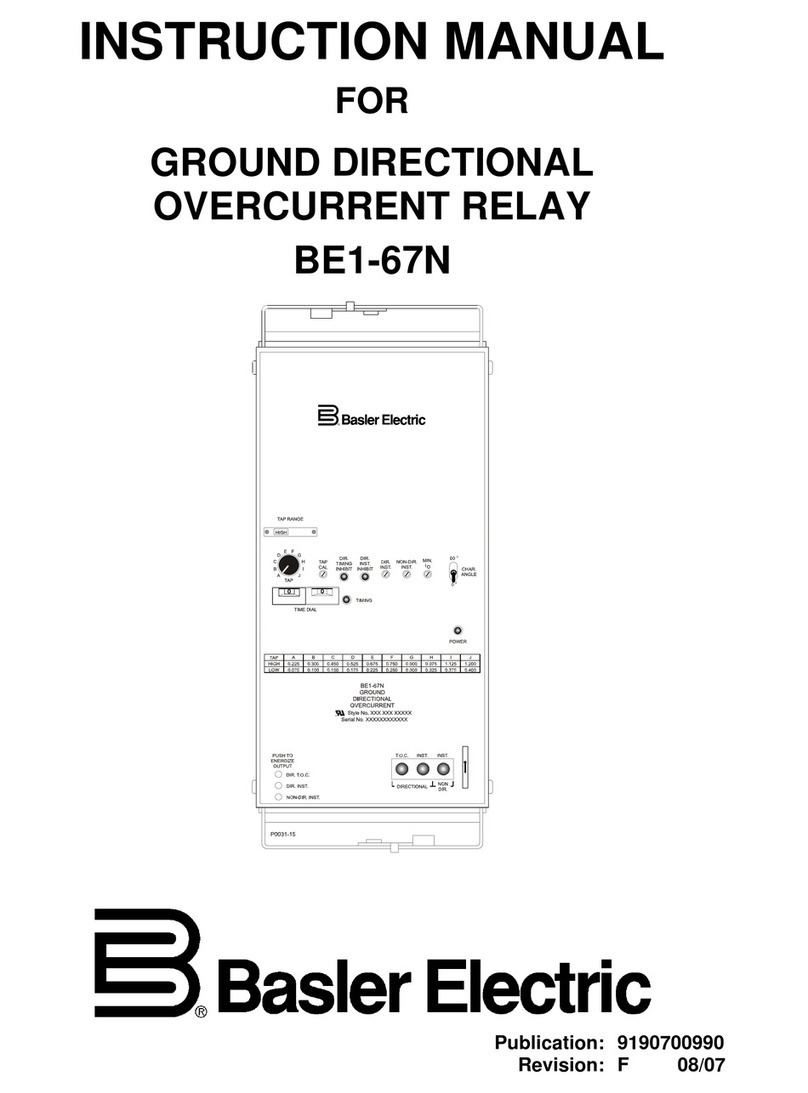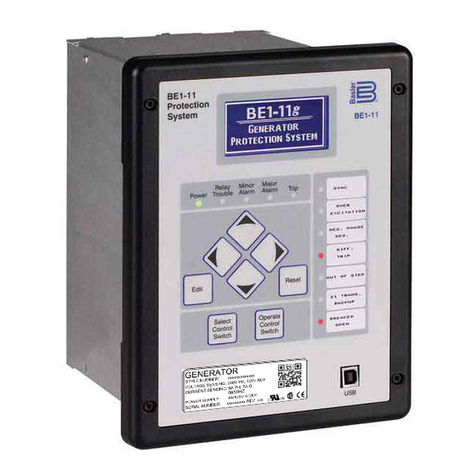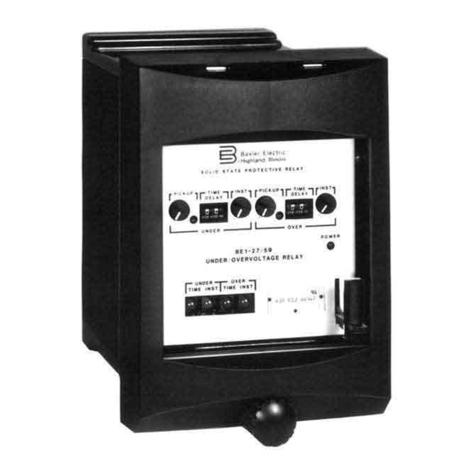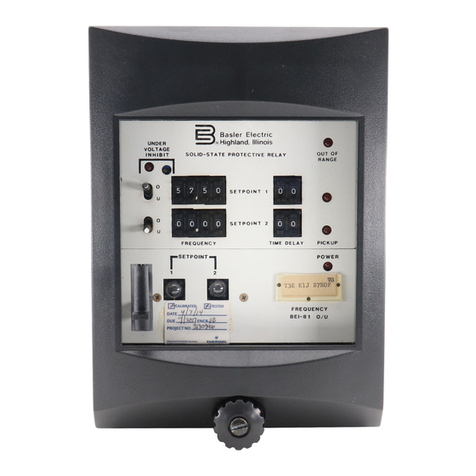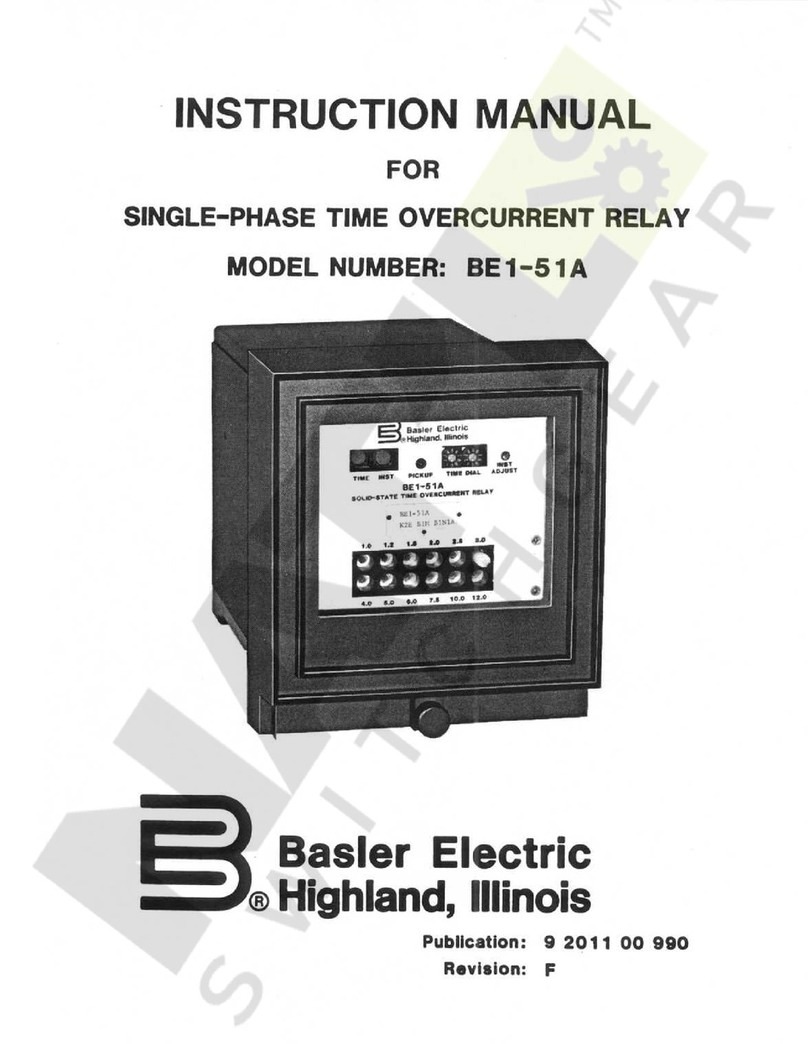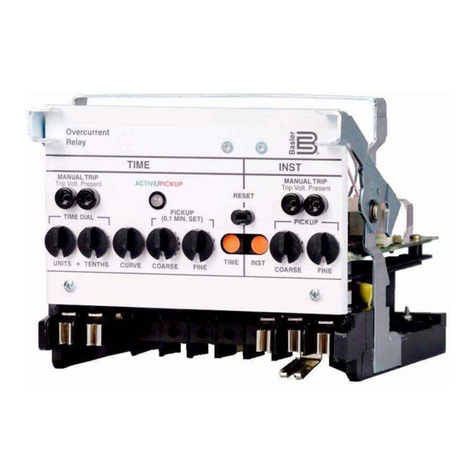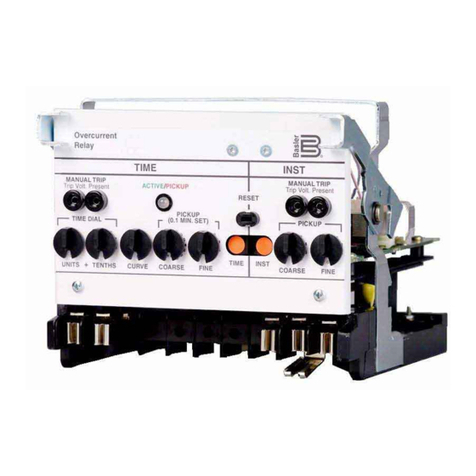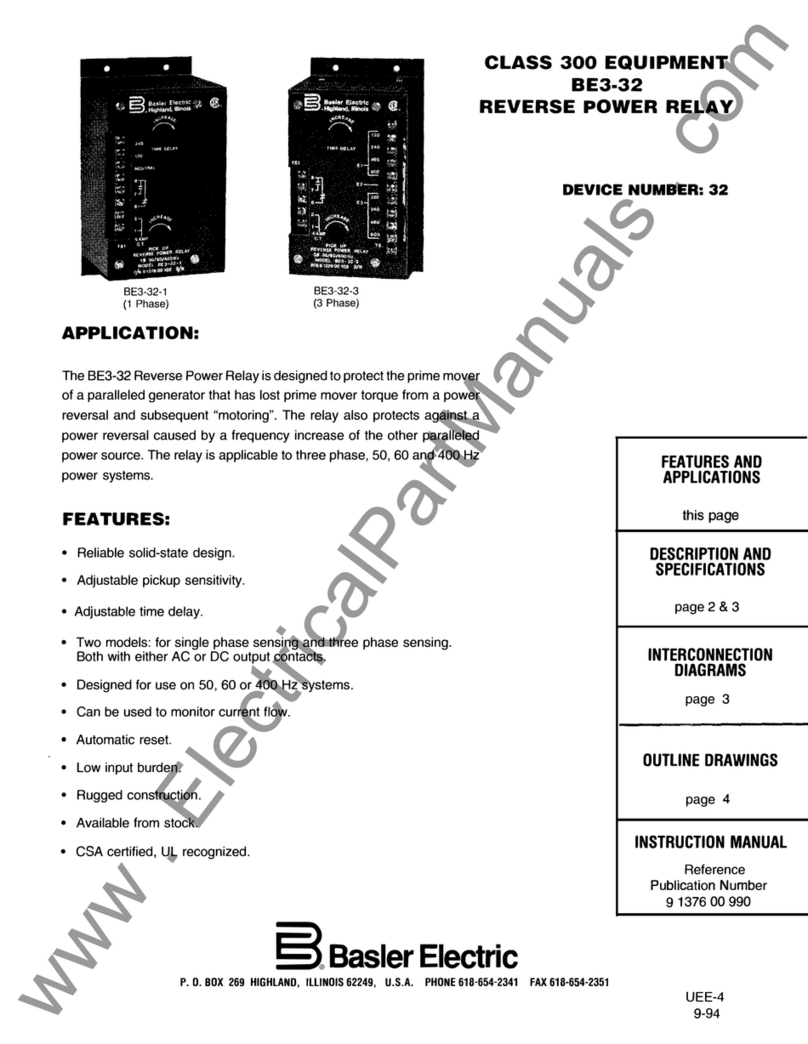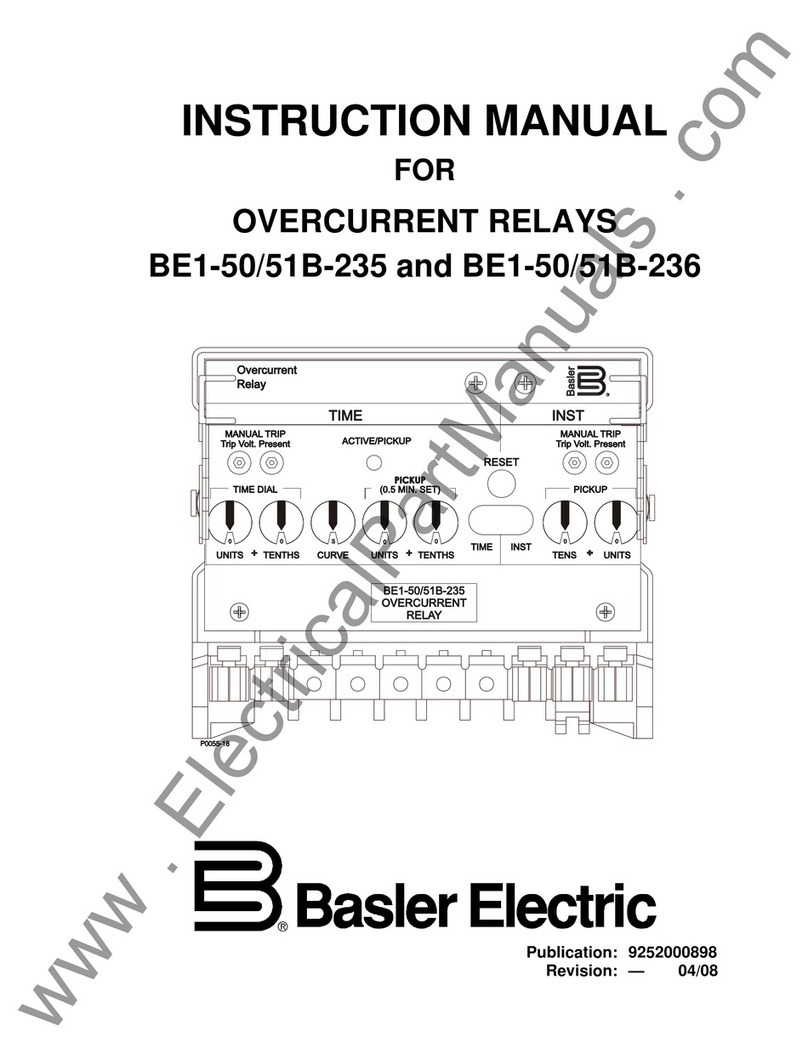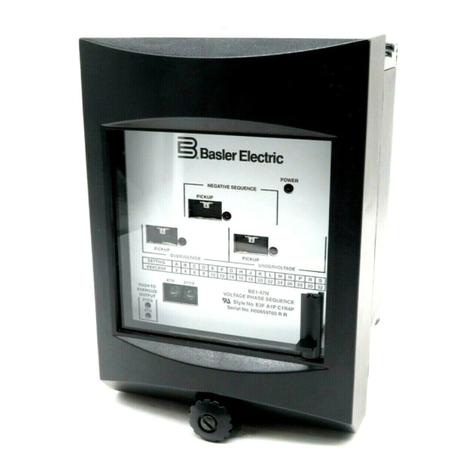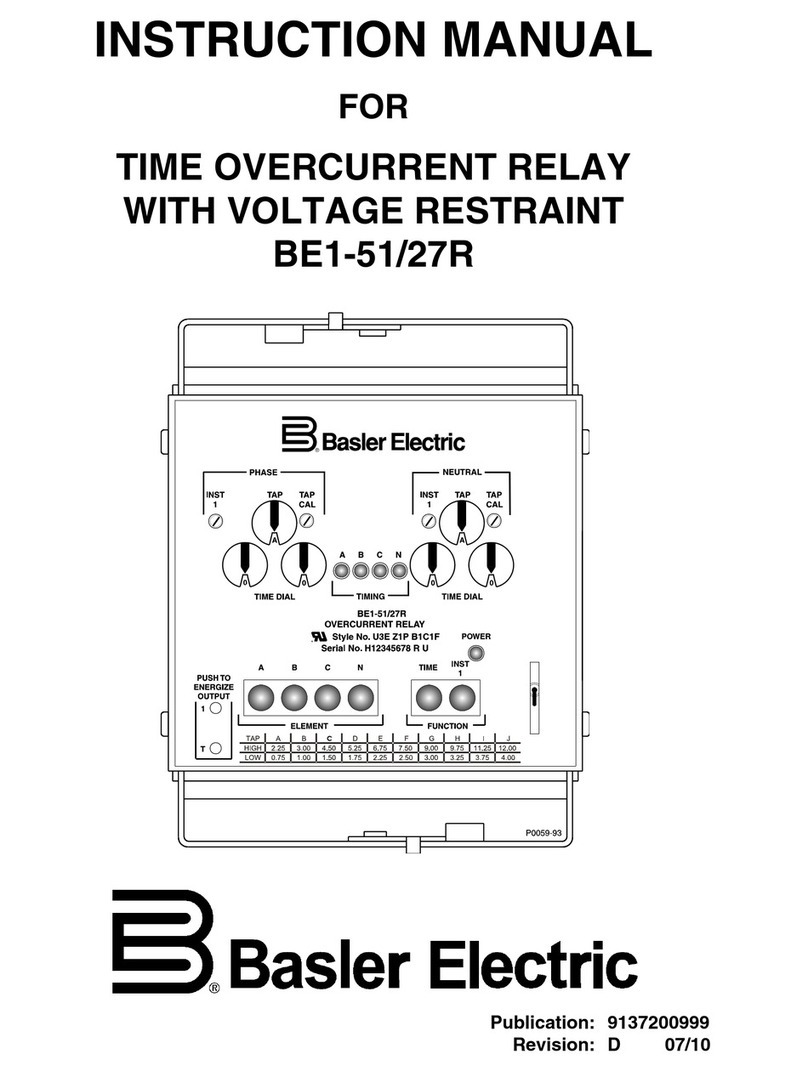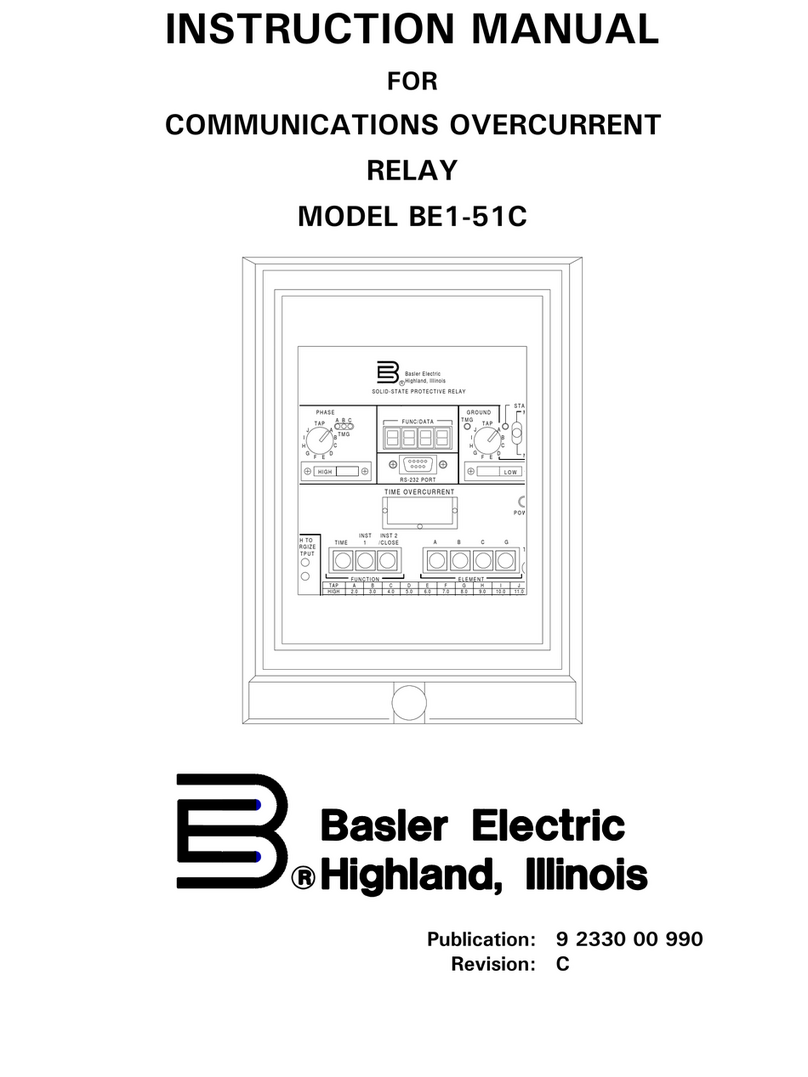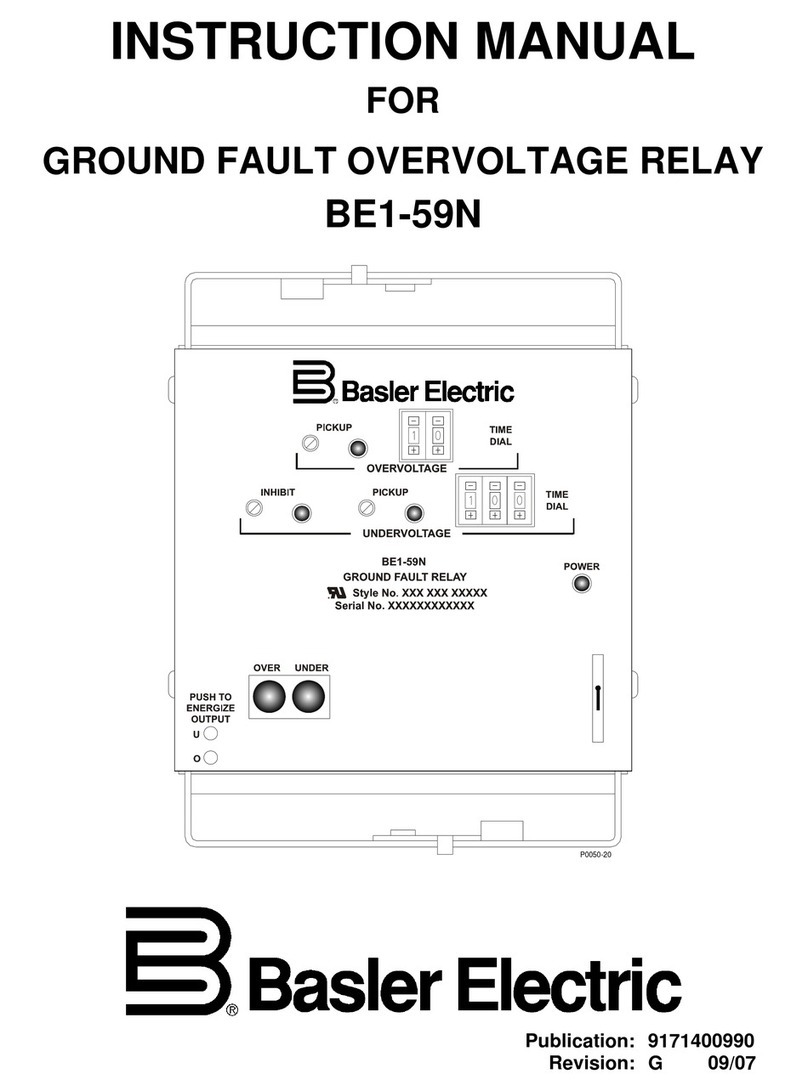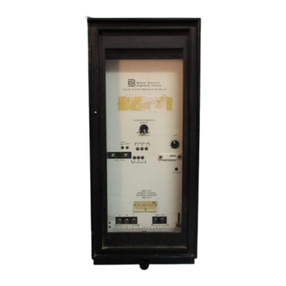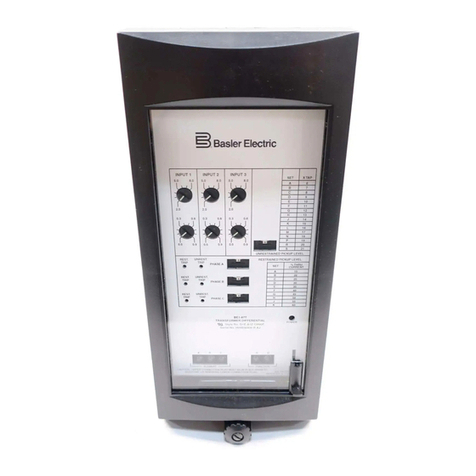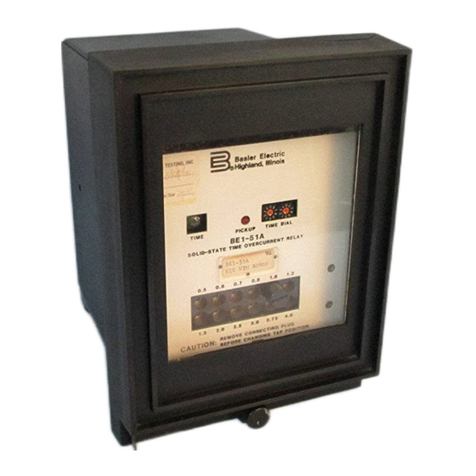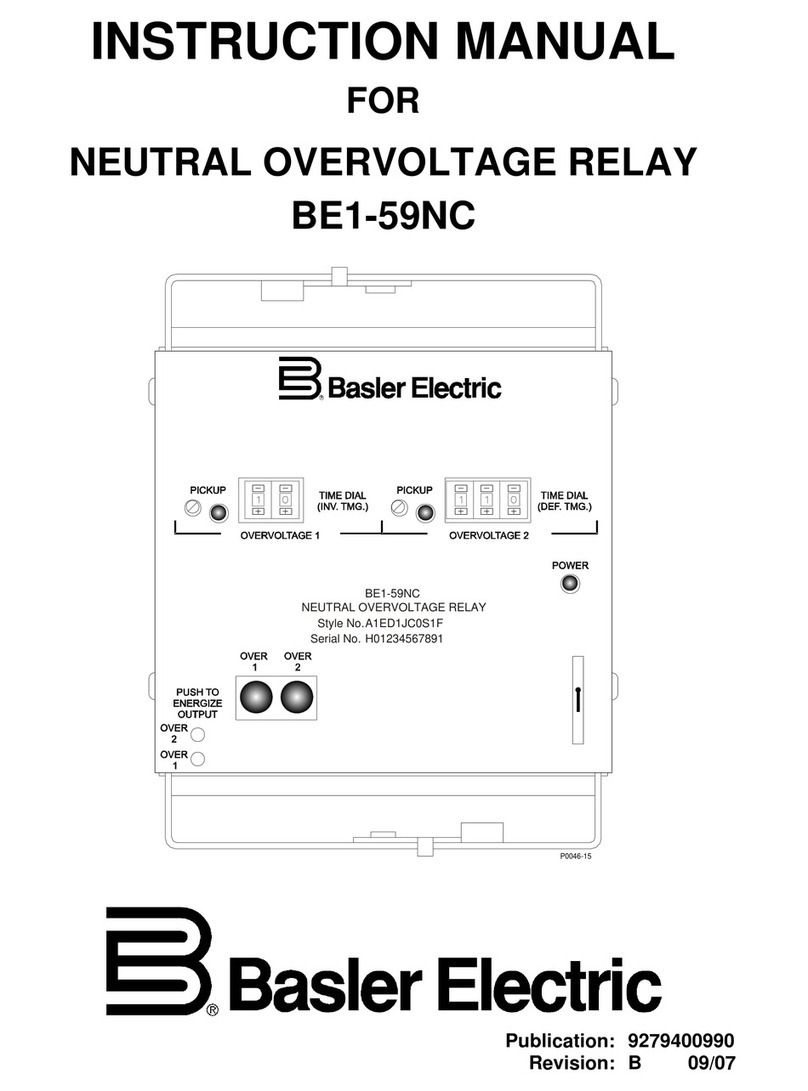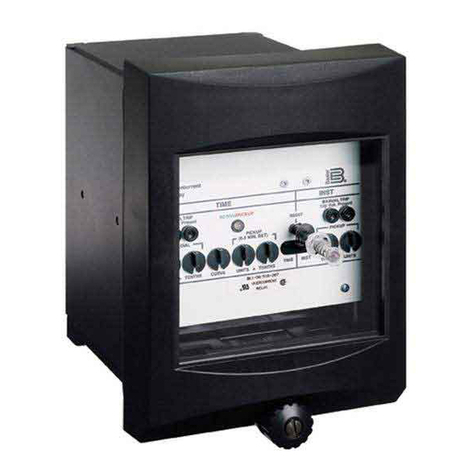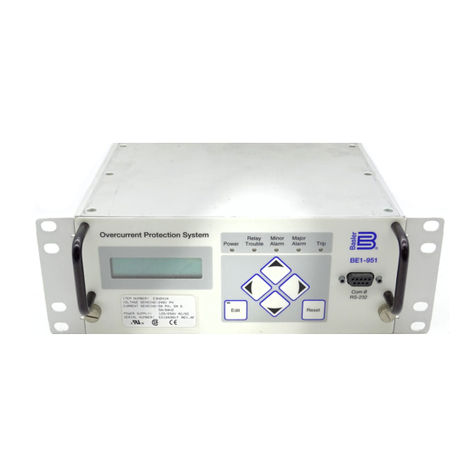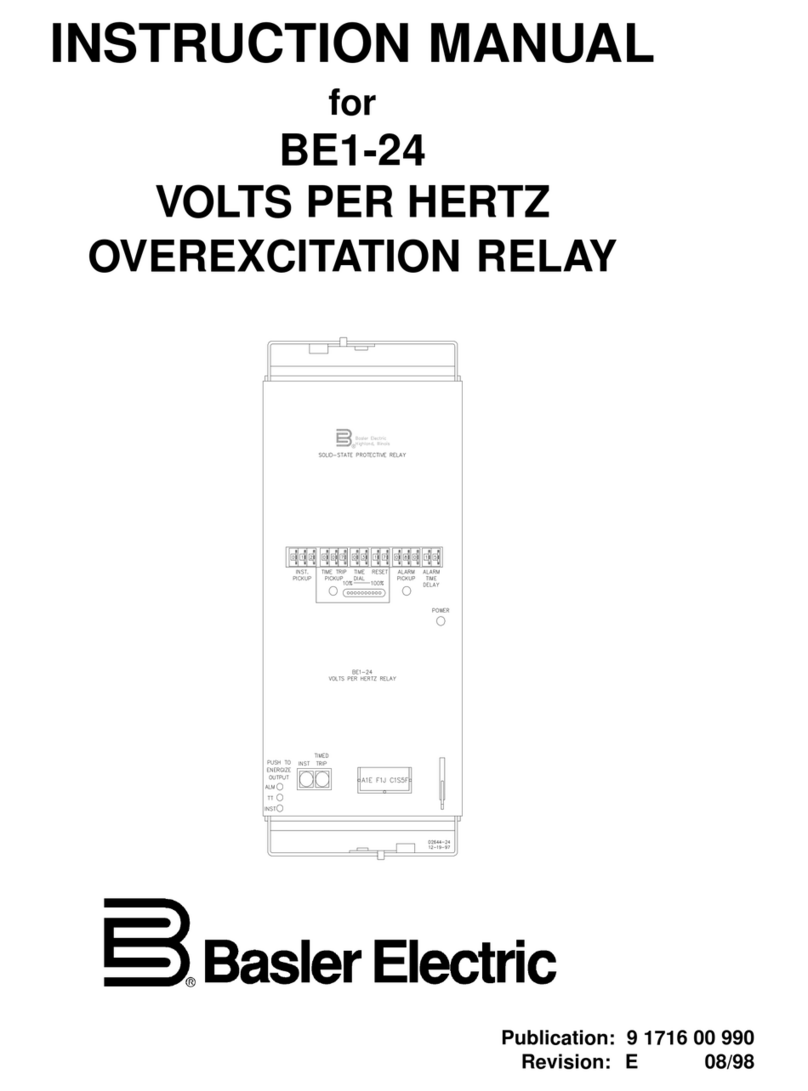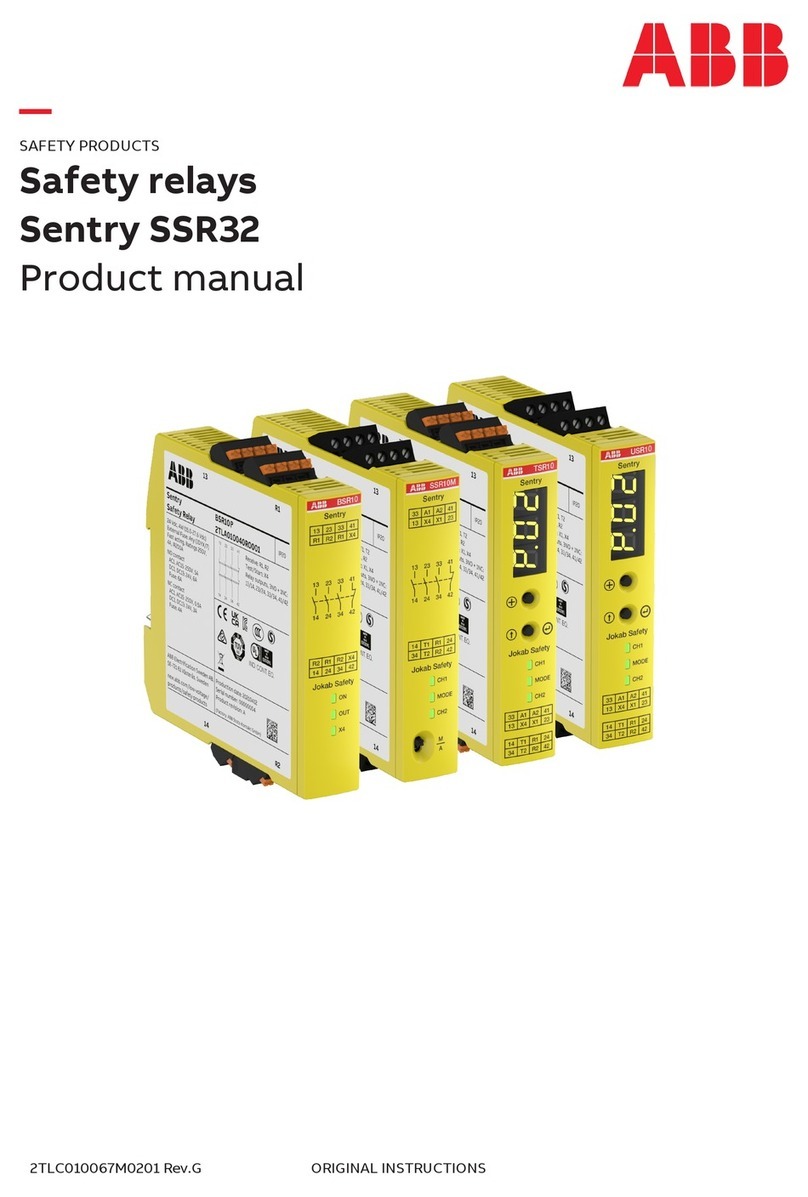
9252000892 Rev A BE1-50/51B-229 General Information i
SECTION 1 •GENERAL INFORMATION
TABLE OF CONTENTS
SECTION 1 •GENERAL INFORMATION ................................................................................................1-1
INTRODUCTION....................................................................................................................................1-1
FEATURES............................................................................................................................................1-1
Advantages.........................................................................................................................................1-1
APPLICATION .......................................................................................................................................1-2
SPECIFICATIONS.................................................................................................................................1-2
Current Sensing Input ........................................................................................................................1-2
Time Overcurrent (51) Element..........................................................................................................1-2
Instantaneous Overcurrent (50) Element...........................................................................................1-4
Burden................................................................................................................................................ 1-5
Frequency Response.........................................................................................................................1-6
Transient Response ...........................................................................................................................1-6
Harmonic Response...........................................................................................................................1-6
Target Indicators ................................................................................................................................1-7
Output Contacts .................................................................................................................................1-7
Type Tests..........................................................................................................................................1-7
Environment .......................................................................................................................................1-8
Agency Recognition ...........................................................................................................................1-8
Physical..............................................................................................................................................1-8
Patent.................................................................................................................................................1-8
Figures
Figure 1-1. Integrating Reset Characteristic Curve...................................................................................1-4
Figure 1-2. Instantaneous Characteristic Curves......................................................................................1-5
Figure 1-3. Harmonic Rejection.................................................................................................................1-7
Figure 1-4. BE1-50/51B-229 Burden Characteristics................................................................................ 1-6
Tables
Table 1-1. Type SFC Relays Suitable for Direct Replacement.................................................................1-1
Table 1-2. Time Characteristic Curve Constants with SW3-3 Open (Off).................................................1-3
Table 1-3. Time Characteristic Curve Constants with SW3-3 Closed (On) .............................................. 1-3
